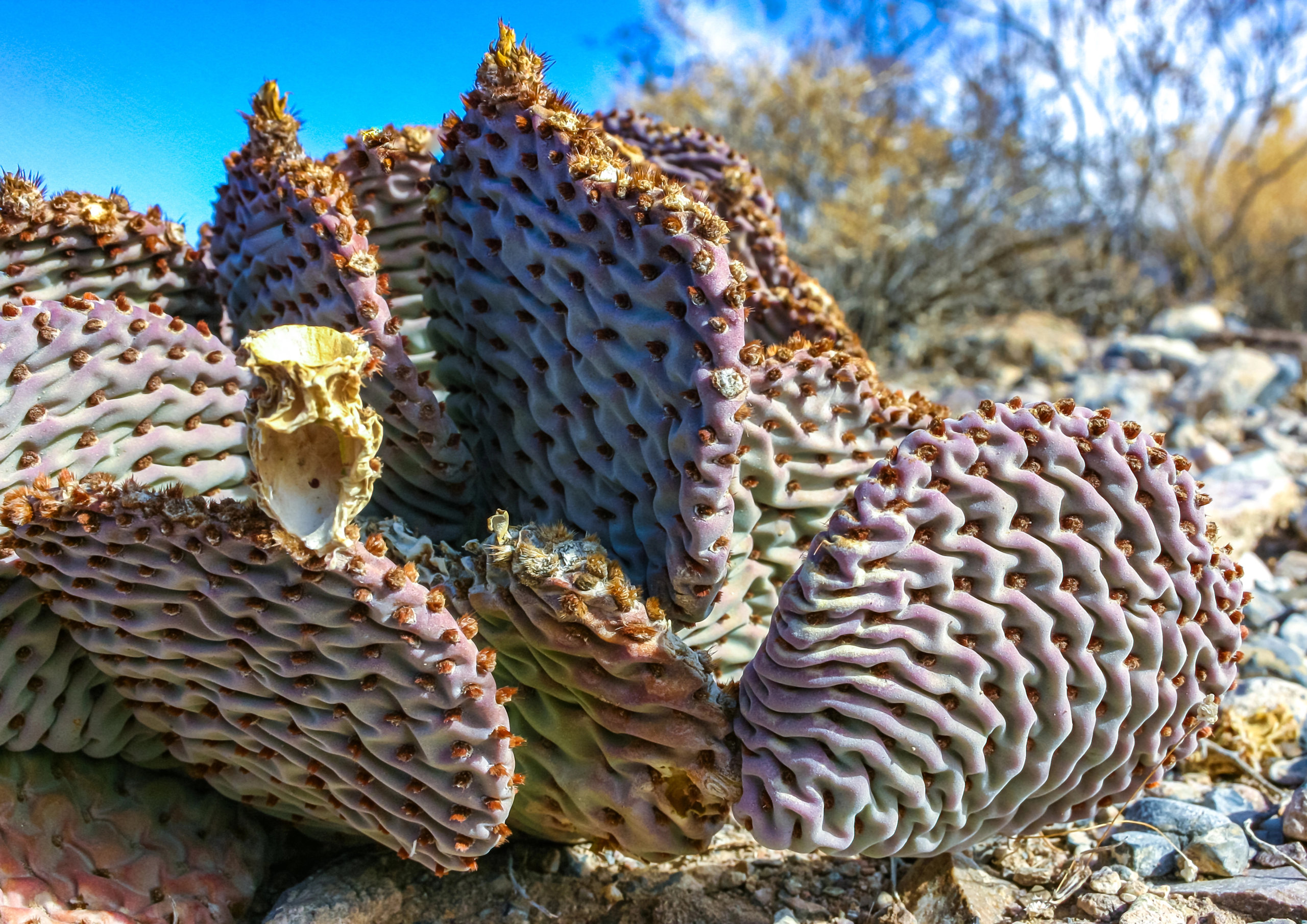Why Is My Prickly Pear Cactus Wrinkled?
If you notice your prickly pear cactus looking wrinkled, you might feel worried or unsure about what went wrong. Your cactus is most likely wrinkled because it is too dry and needs water, or it is unable to absorb water, possibly due to root problems. Spotting wrinkles early can help you figure out what your plant needs.
Wrinkling is a clear sign that something is off, but the reasons can be different. Maybe your cactus hasn’t been watered for a while, or the roots are damaged and can’t take up water from the soil. Learning why this happens is important, so you can take quick action and help your prickly pear cactus get back to being healthy.
Key Takeaways
- Wrinkling often means your prickly pear is too dry or has root issues.
- Checking the soil and roots helps you find the cause.
- Simple fixes can help your cactus recover and prevent future problems.
Identifying Wrinkling in Prickly Pear Cactus
Wrinkling in prickly pear cacti can be seen through changes in the pads’ appearance and texture. Some species are more likely to show wrinkling, and knowing these can help you spot problems early.
Visual Signs of a Wrinkled Prickly Pear
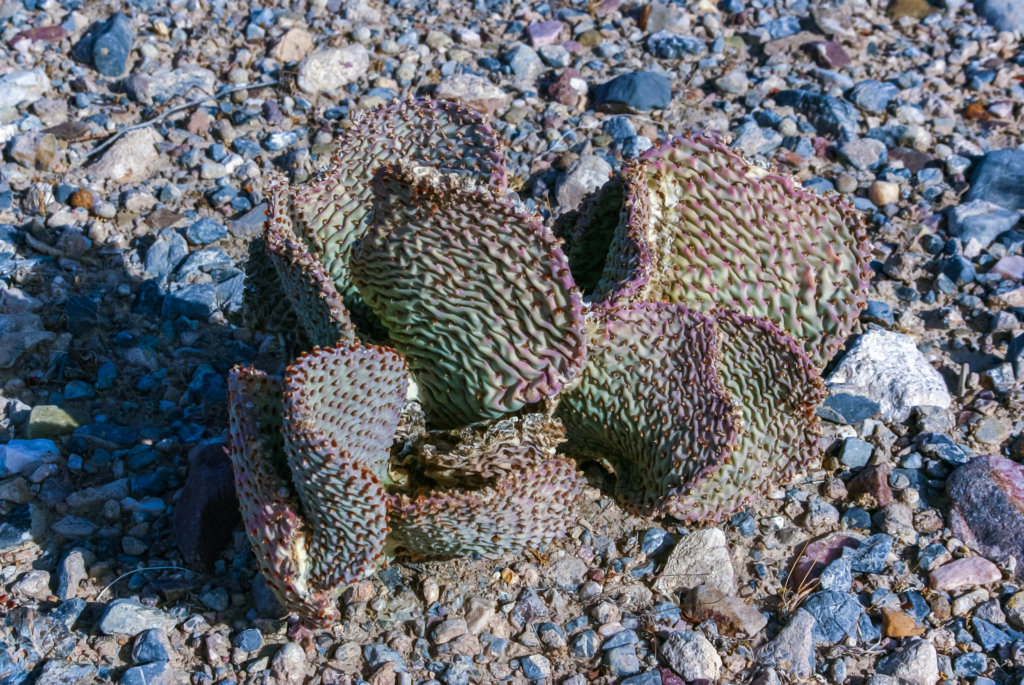
A wrinkled prickly pear cactus often has pads that look shrunken or puckered. The surface may develop small folds, lines, or creases, especially along the edges or the flat sides of the pads. The colors might stay green but sometimes fade or become dull.
You might notice parts that feel softer than usual. Healthy pads should be firm, but wrinkled ones can feel limp or less full, as if they’ve lost water. If you touch the pads, they may also show a leathery texture instead of the normal smooth surface.
Sometimes, wrinkling appears with other warning signs. These include drooping pads, a weakened base, or a less upright growth. The glochids (tiny prickly hairs) usually stay visible, but their appearance may not change much even if the pad wrinkles.
Common Affected Species
Several types of prickly pear cacti can develop wrinkling, especially when under stress. Opuntia is the main genus, and it includes many well-known species that may show this issue. The eastern prickly pear (Opuntia humifusa) and the beavertail cactus (Opuntia basilaris) are both known to wrinkle when thirsty or unhealthy.
The indian fig or barbary fig (Opuntia ficus-indica) can also show wrinkling. This species is often grown for its fruit but will display wrinkling if water levels are too low or if its roots are damaged.
Wrinkling can happen indoors or outdoors, especially if the plant is not getting the right amount of water or has root issues. Noticing which species you have can help you interpret wrinkling and know what actions to take.
Understanding the Causes of Wrinkling
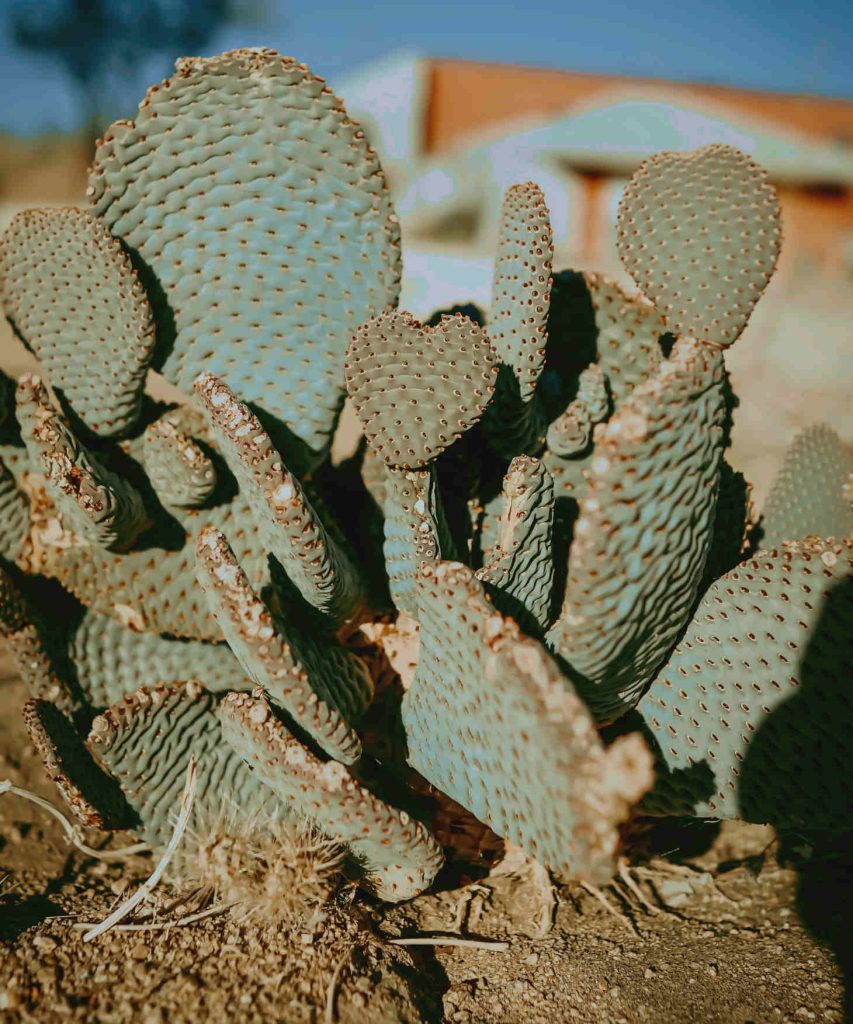
Wrinkling in prickly pear cactus is often linked to water, soil, light, and nutrients. Identifying the reason helps you make the right changes so your plant can stay healthy and look its best.
Watering Issues and Drought Stress
Prickly pears are drought tolerant, but long periods without water can lead to dehydration. When this happens, the pads or stems lose water and shrink, causing a wrinkled appearance. Dehydration is the most common cause of wrinkling.
You may notice wrinkling if you forget to water or if the cactus is starting to enter a dormant state. Water deeply but not too often. Let the soil dry out completely between waterings. Signs of underwatering include soft, wrinkled pads and slowed growth.
Overwatering can also stress your cactus. Consistently wet soil suffocates roots and prevents water uptake, which can cause similar wrinkling. Always check the soil before watering.
Soil Conditions and Drainage
Soil plays a big role in the health of your prickly pear. These plants need well-draining soil to prevent water from sitting around the roots. Poor drainage can cause root rot, cutting off the plant’s ability to absorb water and causing the pads to wrinkle.
If your cactus is wrinkled and the soil stays wet for days, you likely have drainage issues. Signs of poor soil conditions:
- Smelly or soggy soil
- Fungus or mold near the base
- Stunted growth
Use a well-draining cactus soil mix. You can also make your own by mixing regular potting soil with coarse sand or perlite for better drainage.
Light Exposure and Sun Requirements
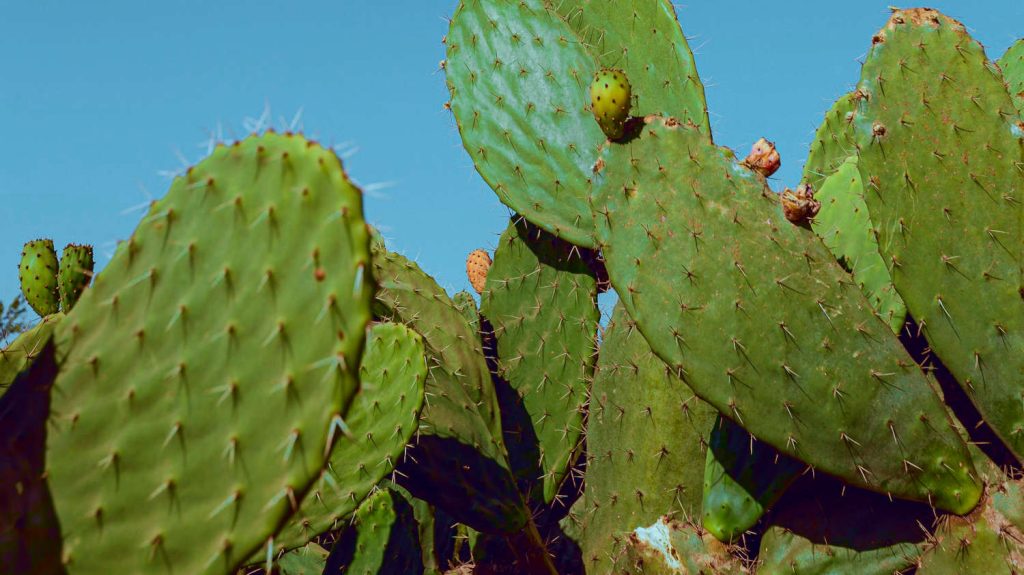
Prickly pears need full sun to thrive, at least 6 hours a day. Low light slows growth and can make your cactus more prone to wrinkling, since it cannot produce enough energy to stay healthy.
If your plant is indoors or shaded much of the day, move it to a brighter spot. Inadequate light can also cause pads to lose color or become thin. Too much direct, harsh sun right after moving a plant can also cause damage, so adjust light conditions gradually.
Signs of light problems:
- Pale or faded pads
- Slow or uneven growth
- Thinner or stretched-out pads
Nutrient Deficiencies and Plant Health
Nutrients are needed for healthy growth and to keep the cactus strong. While prickly pears are not heavy feeders, a lack of key nutrients, especially nitrogen and potassium, can slow growth and weaken the pads, making wrinkles more likely.
If you see yellowing, weak or stunted pads, or poor growth along with wrinkling, nutrient problems may be a factor. You can reduce the risk of deficiencies by:
- Adding a balanced, diluted cactus fertilizer during the growing season (spring or early summer)
- Repotting into fresh soil every few years
Avoid over-fertilizing, which can also cause problems. Check the label and use only the amount recommended for cacti. Keep track of your plant’s health and adjust care as needed for best results.
Frequently Asked Questions
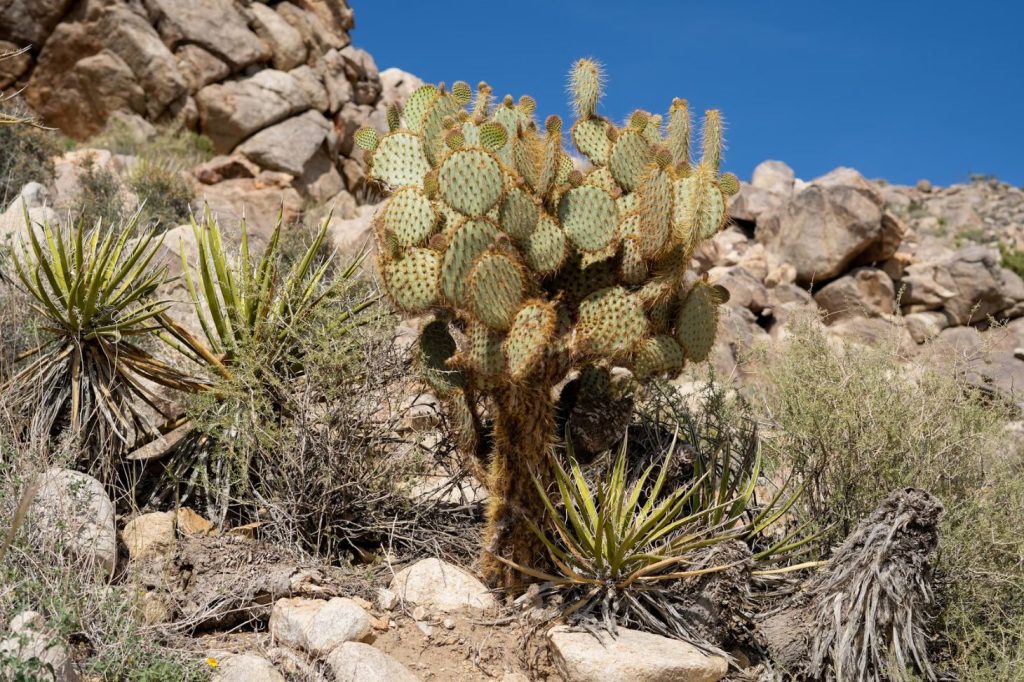
A prickly pear cactus can wrinkle, shrivel, or change color due to issues like watering habits, root problems, or natural aging. Recognizing the differences in symptoms helps you give the right care.
What causes a cactus to become wrinkled at its top?
Wrinkles at the top of a cactus often mean the plant is not getting enough water. This part of the cactus uses moisture last, so it may show wrinkles when the plant is dehydrated. It can also happen if the roots are damaged and not able to absorb water.
How can you distinguish between an overwatered and underwatered cactus?
An underwatered cactus will look wrinkled and may feel dry or thin. The skin might shrink in and look dull.
An overwatered cactus is more likely to be soft, squishy, or even mushy, especially near the base. Overwatering can lead to rot, which is different from dehydration wrinkles.
What are the signs of an overwatered prickly pear cactus?
Signs of overwatering include a soft or mushy texture, yellowing or black spots, and a bad smell. Sometimes, roots will start to rot, and you may see the plant collapsing at the base. Wrinkling is less common but can happen as rot sets in.
Is it possible to recover a shriveled cactus, and if so, how?
A shriveled cactus from underwatering can recover if you water it properly. Give it a deep soak, then let the soil dry out completely before watering again.
If the cactus is shriveled from root problems, you might need to check the roots. Healthy roots are firm and white. Remove any rotten roots before replanting.
What does corking indicate in a cactus and how does it differ from wrinkling?
Corking is a rough, brown, woody growth that normally starts at the base as the cactus ages. It feels hard and is a natural process for many cacti.
Wrinkling is usually soft and happens because of water loss or root problems, not aging.
Why does a cactus start to shrivel and turn brown?
Shriveling and browning can happen from extreme dehydration or root rot. If the problem is dryness, the tissue will be shriveled but not mushy.
If the brown area is soft, the plant may have rot from overwatering or a fungal infection. Both issues need quick attention to save the plant.

